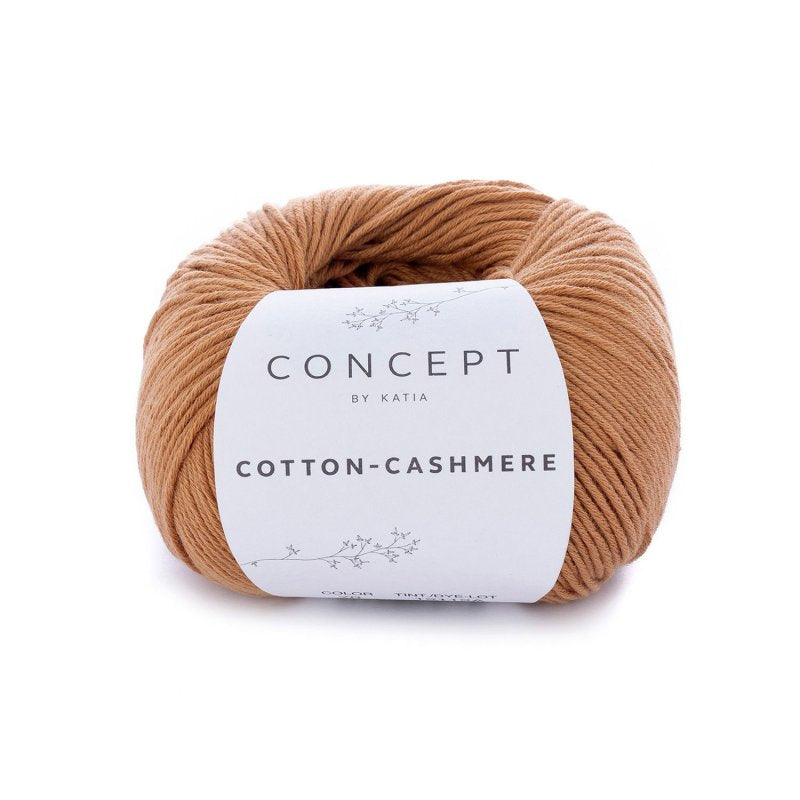How to Care for Your cashmere Garments and Keep Them In Top Condition
How to Care for Your cashmere Garments and Keep Them In Top Condition
Blog Article
Factors You Should Require Cashmere a Natural Fiber for Comfort and Sophistication in Everyday Use
In the world of textiles, few fibers measure up to the luxury and comfort of cashmere. Just how can one best make use of cashmere to boost their design? These fascinating inquiries lay the foundation for an informing expedition right into the world of cashmere. cashmere fibre.
Understanding the Lavish Nature of Cashmere

Examining the Comfort Aspect of Cashmere Garments
What high qualities underline the comfort variable of cashmere garments? The softness of cashmere is the first high quality to take into consideration. Its plush structure makes it seem like a 2nd skin, giving heat without the weight or itching connected with other wool products. Furthermore, cashmere's one-of-a-kind fiber structure permits breathability, regulating temperature and protecting against getting too hot. The product's flexibility and durability guarantee that it mold and mildews versus the body pleasantly, maintaining its form over time. Cashmere's hypoallergenic homes additionally contribute to its comfort, making it a perfect option for delicate skin. Finally, the ability to layer cashmere pieces without bulkiness heightens the convenience aspect. In essence, the comfort of cashmere is derived from its gentleness, breathability, durability, hypoallergenic nature, and adaptability.

The Environmental Effect and Sustainability of Cashmere
While the comfort and style of cashmere are unquestionably enticing, it's equally vital to consider its connection with the setting. Cashmere production, largely in Mongolia and China, includes raising cashmere goats, which can considerably strain vulnerable grassland ecosystems as a result of overgrazing. This can result in desertification, a pressing ecological worry. The processing of cashmere, entailing cleaning and coloring, can also contribute to water air pollution if not properly handled. Nevertheless, efforts are being made to develop lasting cashmere production techniques, such as rotational grazing and cleaner handling strategies. For this reason, while cashmere has ecological impacts, its sustainability mainly depends on manufacturing methods.
Comparing Cashmere to Artificial Fibers: A Cost-Benefit Analysis
Despite its ecological challenges, cashmere offers an one-of-a-kind collection of benefits over artificial fibers. On the price side, cashmere is indisputably a lot more costly because of its labor-intensive production procedure. The benefits make it worth the financial investment. Cashmere's natural fibers use exceptional softness and warmth, converting into comfort that synthetic fibers battle to match. Cashmere items are extremely durable, encouraging durability that offsets first costs over time. Unlike artificial fibers, cashmere does not add to microplastic pollution, making it an extra lasting selection. On the other hand, synthetic fibers, while less expensive upfront, provide much less comfort, have shorter life expectancies and pose ecological issues. Hence, when evaluating directory cost-benefit, cashmere's superior high qualities make it a rewarding investment for day-to-day wear.
Styling Tips With Cashmere for Everyday Sophistication
Having actually considered the cost-benefit evaluation of cashmere contrasted to synthetic fibers, it becomes clear why this lavish material is a site web popular selection for many. When styling cashmere for daily beauty, simpleness is vital. Ultimately, the inherent elegance of cashmere makes it a functional enhancement to any closet, easily boosting daily attire with a touch of luxury.

Conclusion
In addition, cashmere's sustainability and lower ecological effect compared to synthetic fibers further enhance its appeal. Investing in cashmere garments is a worthwhile choice for sustainability, style, and convenience.

Report this page